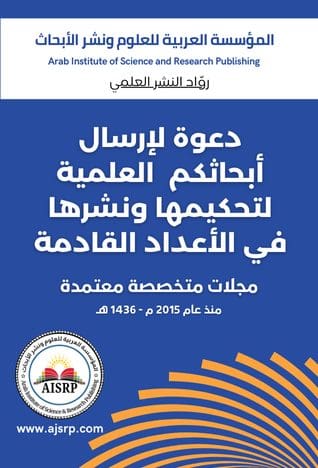risk assessment of boron due to the long term reuse of treated effluent in irrigation in different soil textures in the gaza strip

تأليف: husam al-najar(مشرف):: rafat khalid abu dabaan(اعداد)
اللغة: إنجليزي
النشر: غزة ( فلسطين ):المعد 2017
المكان: خانيونس-مكتبة الجنوب المركزية-مجموعات خاصة/خـانيونس
النوع: رسائل جامعية
عدد الصفحات: 66
المواضيع: البنية التحتية – هندسة – قطاع غزة:: الهندسة الصحية – قطاع غزة
رقم التصنيف: 628.0956442
الرقم العام: 1343492
العنوان : risk assessment of boron due to the long term reuse of treated effluent in irrigation in different soil textures in the gaza strip
-
ABSTRACT
Although boron is an important element for the growth of the plant, the border between being adequate or toxic for crops is very narrow, especially in citrus, where boron concentration should not exceed 0.5 mg/l in irrigation water.
Most of the wells in Gaza Strip have concentrations higher than 0.5 mg/l, and the wastewater around 4 mg/l while boron concentration in seawater in the range of 4.5– 5.0 mg/l.
The aim of the current research is to assess the risk of boron as a result of long-term reuse of treated wastewater for irrigation in different soil texture in the Gaza Strip.
Two pilot projects for the reuse of treated wastewater for irrigation as assessed for boron behaviour due to the long term use of treated effluent: The first in Sheikh Ejleen area characterized by clay soil planted with lemon trees and irrigated by treated wastewater since 2004. The second was in the Al-Mawasi area characterized by sandy soil planted with Lemon and Guava, which were irrigated with treated wastewater since 2010. Boron concentrations have been tested in the samples of water, soil in two layers (0-30 cm , 30-60 cm) and the leaves of trees in the pilot areas. In parallel other samples from fields irrigated by fresh groundwater wells in both areas have been tested.
The treated wastewater in Sheikh Ejleen area has boron concentration of 1.03 mg/l, led to 0.79 mg/kg boron concentration in both soil layers. The accumulation in lemon leaves was 267.1 mg/kg dry weight. While boron concentration in fresh water accounted for 1.13 mg/l caused accumulation of 0.38 and 0.73 mg/kg in first and second soil layers, respectively. Lemon leaves have boron concentration of 219.6 mg/kg dry weight. Boron concentration of treated effluent in Al-Mawasi is accounted for 1.45 mg/l, led to 0.53 and 3.94 mg/kg boron concentrations in the first and second soil layers, respectively.
Leaves of Lemon and Guava have boron concentration of 104.1 and 47.22 mg/kg dry weight, respectively. While boron concentration of fresh water is
1.03 mg/l, led to 0.52 and 0.3 mg/kg boron concentration in the first and second soil layers, respectively. Leaves of Lemon and Guava have boron concentration of 45.95 and 26.73 mg/kg dry weight, respectively.
The treated wastewater lead to a significant increase in the concentration of boron in the soil and plants, but remained within the recommended limits globally, except in one case, in the lemon in Sheikh Ejleen area, which reached to 267 mg/kg, exceeded slightly the recommended limit 250 mg/kg dry weight.
The increase of boron concentration in clay than in sandy soil is due to the capacity of clay soil to fix boron and reduce the leaching to the lower layers.
The study recommended that the installation of the RO system in waste water treatment stations may be cheaper than spending high costs of installation second RO system and ion exchange unit for more removal of boron in desalination plants, because the huge volume to be desalinated is less than the volume of wastewater to be treated, because the recommended value for drinking water is 2.4mg/l and the first stage can remove boron to 1.8 mg/l , and second RO used to remove boron to 0.7 mg/l.
[embeddoc url=”https://ajsrp.com/wp-content/uploads/2021/11/risk-assessment-of-boron-due-to-the-long-term-reuse-of-treated-effluent-in-irrigation-in-different-soil-textures-in-the-gaza-strip_compressed.pdf” download=”all” viewer=”google”]
اقرأ أيضا

مصدر الرسالة




